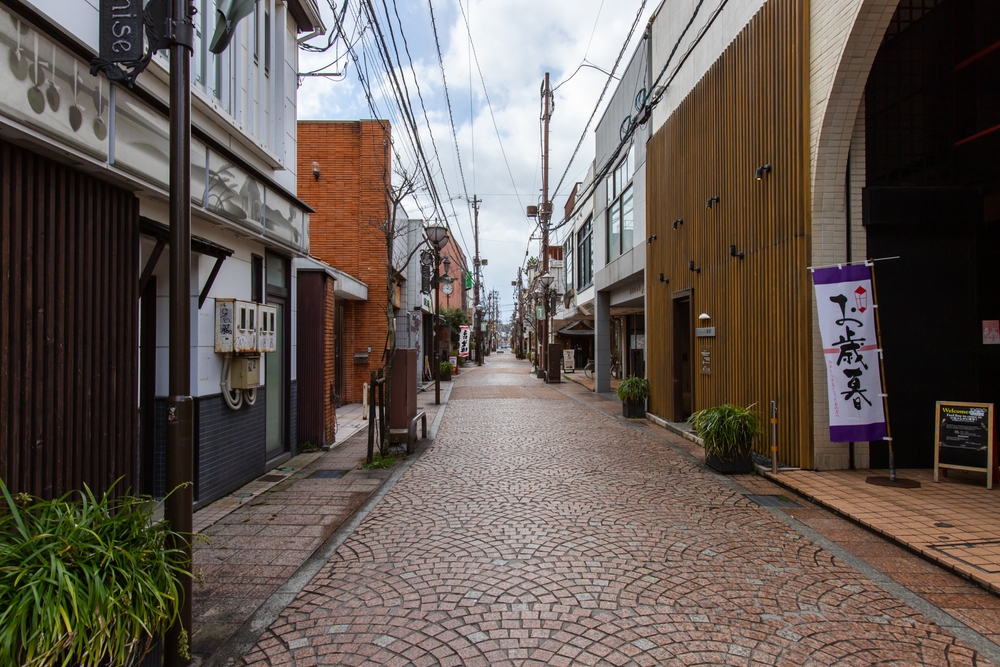Japan has produced a procession of world-class writers and many of these outstanding literary figures have museums dedicated to their work and lives. These museums are dotted across the nation, often found in or near the hometown of the author, so let’s hop on a literary pilgrimage from Tohoku to Kyushu to explore some of them in greater detail.
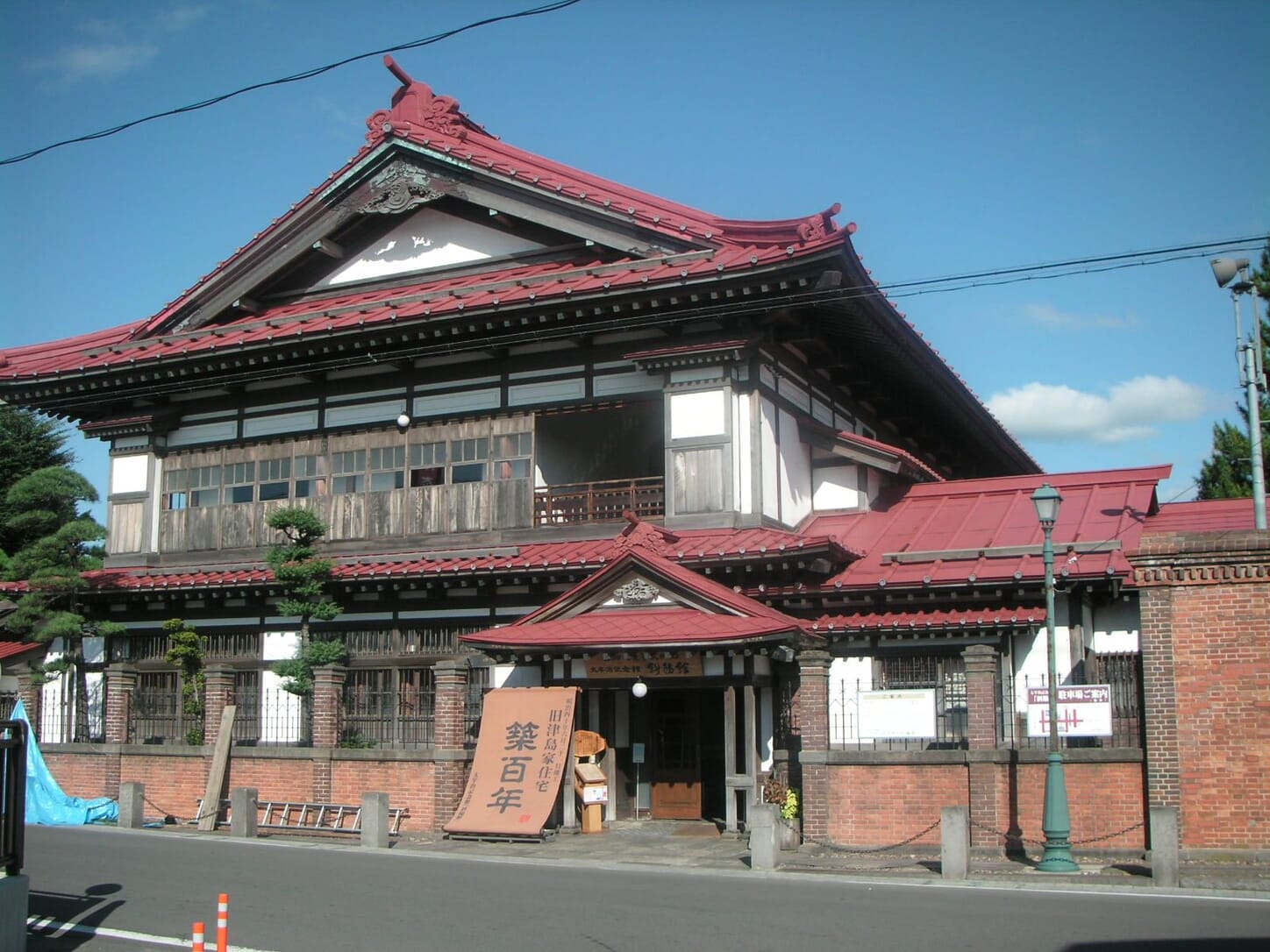
1. Osamu Dazai Memorial Museum (Aomori)
One of the most enduringly popular Japanese writers of the 20th century, Osamu Dazai remains widely read by both domestic and international audiences. No Longer Human, his extraordinary semi-autobiographical novel dealing with the eternal themes of societal alienation and chronic depression, is regarded as a modern classic.
Originally built by Dazai’s affluent landowning father in 1907, who was one of the most influential citizens of Aomori Prefecture, the museum served as the author’s home for many years. After Dazai took his own life in 1948, the residence was turned into an upmarket ryokan containing a small private museum dedicated to the revered writer. This changed in 1996 when the local government purchased the site and renovated it into a faithful recreation of its original appearance, complete with lavish furnishings.
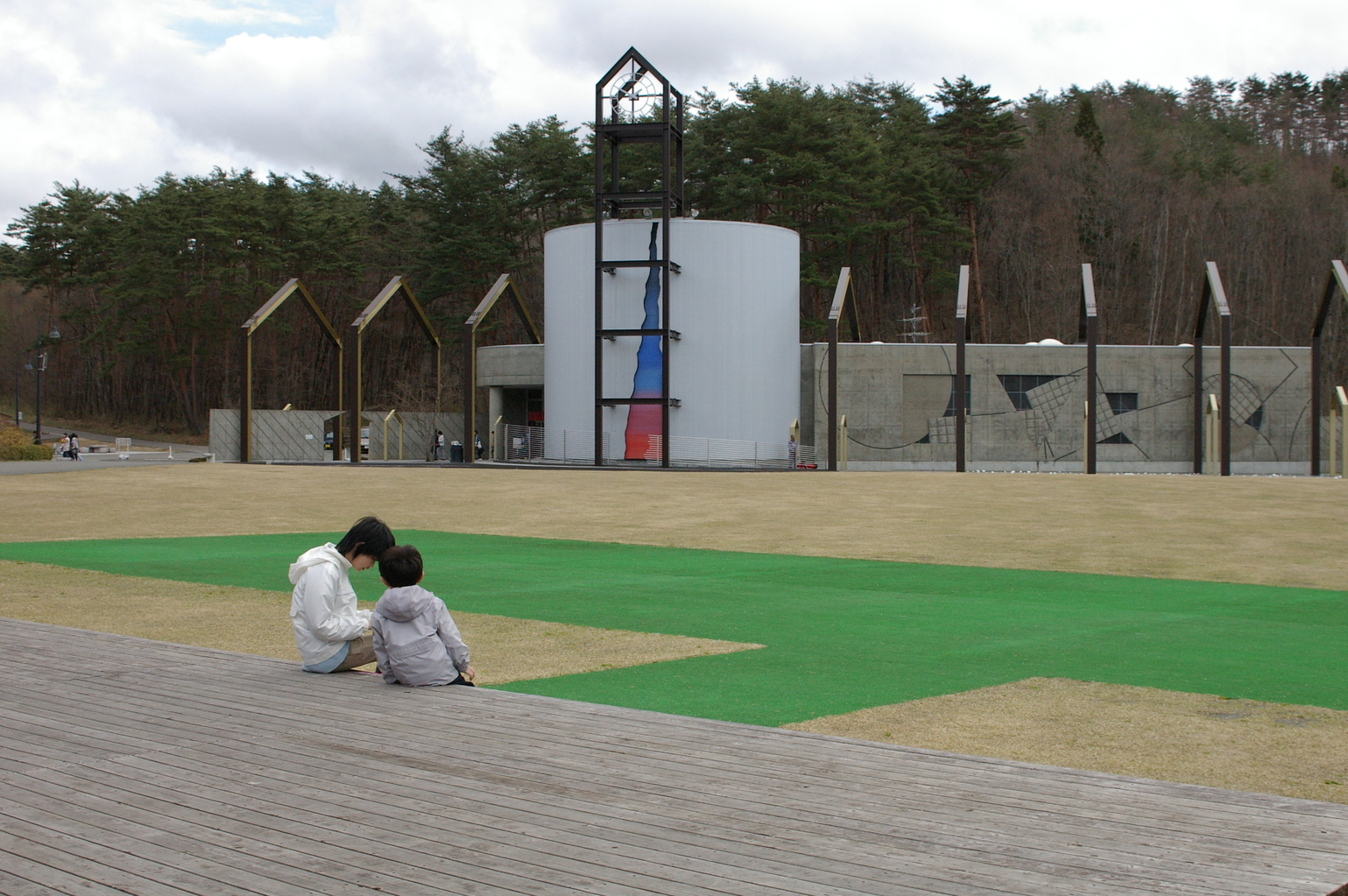
2. Kenji Miyazawa Museum (Iwate)
Kenji Miyazawa continues to delight generations of Japanese children with his vivid and imaginative fantasy tales, including Night on the Galactic Railroad and The Night of Taneyamagahara. His short story Gauche the Cellist was adapted into a film by Isao Takahata, who would go on to direct Grave of the Fireflies. A talented poet, passionate social activist and devout Buddhist, Miyazawa’s life and work are explored in tremendous detail in a manner that remains accessible to all ages.
Upon leaving the museum, visitors can enjoy taking a picturesque stroll through the nearby Kenji Miyazawa Fairytale Village. This is an exquisitely maintained outdoor area filled with colorful exhibits showcasing the visions of Iwate Prefecture’s most famous author, who was inspired by the majestic rural landscape he cherished every day.
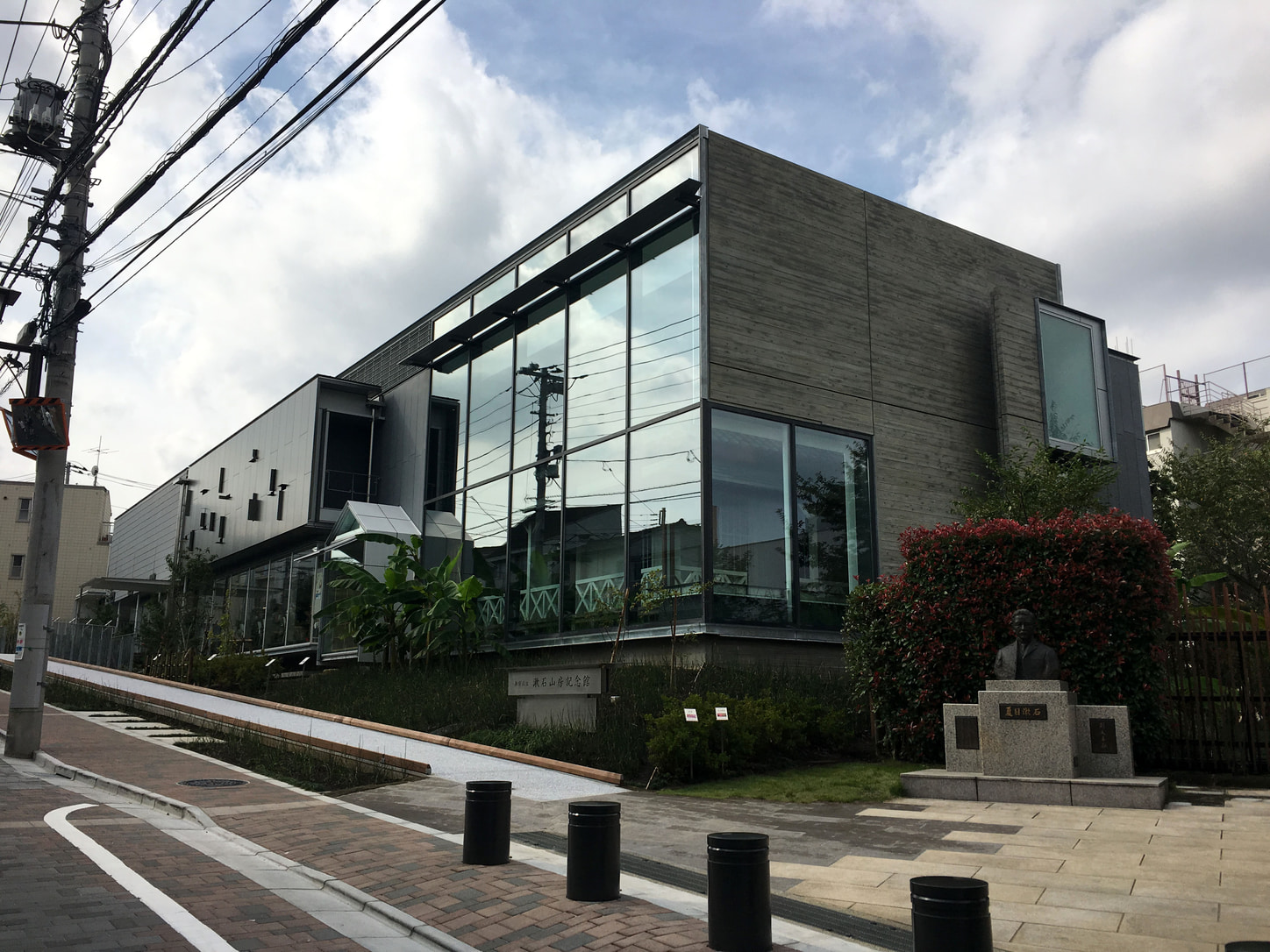
3. Natsume Soseki Memorial Museum (Shinjuku)
An author who requires little in the way of introduction, Natsume Soseki was the face of the ¥1,000 note from 1984 until 2004. His novels, such as I Am a Cat, Kokoro, and Botchan are read by millions of schoolchildren every year. Soseki was also an avid Anglophile, becoming one of the first Japanese scholars to study abroad in the United Kingdom so that he might become even more familiar with English literature.
Soseki was born and died in Shinjuku, Tokyo. His memorial museum was constructed on the site of the house where he spent the final nine years of his life. In addition to the expected historical and literary documents concerning Soseki’s illustrious career, the museum also boasts an impressive library and even a tranquil book cafe where visitors can relax in the company of timeless writing.

4. Ichiyo Memorial Museum (Taito)
Ichiyo Higuchi, the pen name of Natsuko Higuchi, was the first Japanese woman to write professionally in the modern era. Emerging from a relatively modest background, she demonstrated poetic talent and a zeal to write from childhood. Although she passed away from tuberculosis at a young age, she left 21 short stories, thousands of poems and a voluminous number of diaries behind. Her portrait presently graces the ¥5,000 note.
The museum, which was the first in Japan to honor a female writer, details Higuchi’s living environment and how it inspired her fiction. Takekurabe, the novella for which she is best known, tells the story of young people in Yoshiwara, which at the time was one of Tokyo’s largest red-light districts. Higuchi lived just a few minutes from the area and vividly recounted the sights and sounds she witnessed.
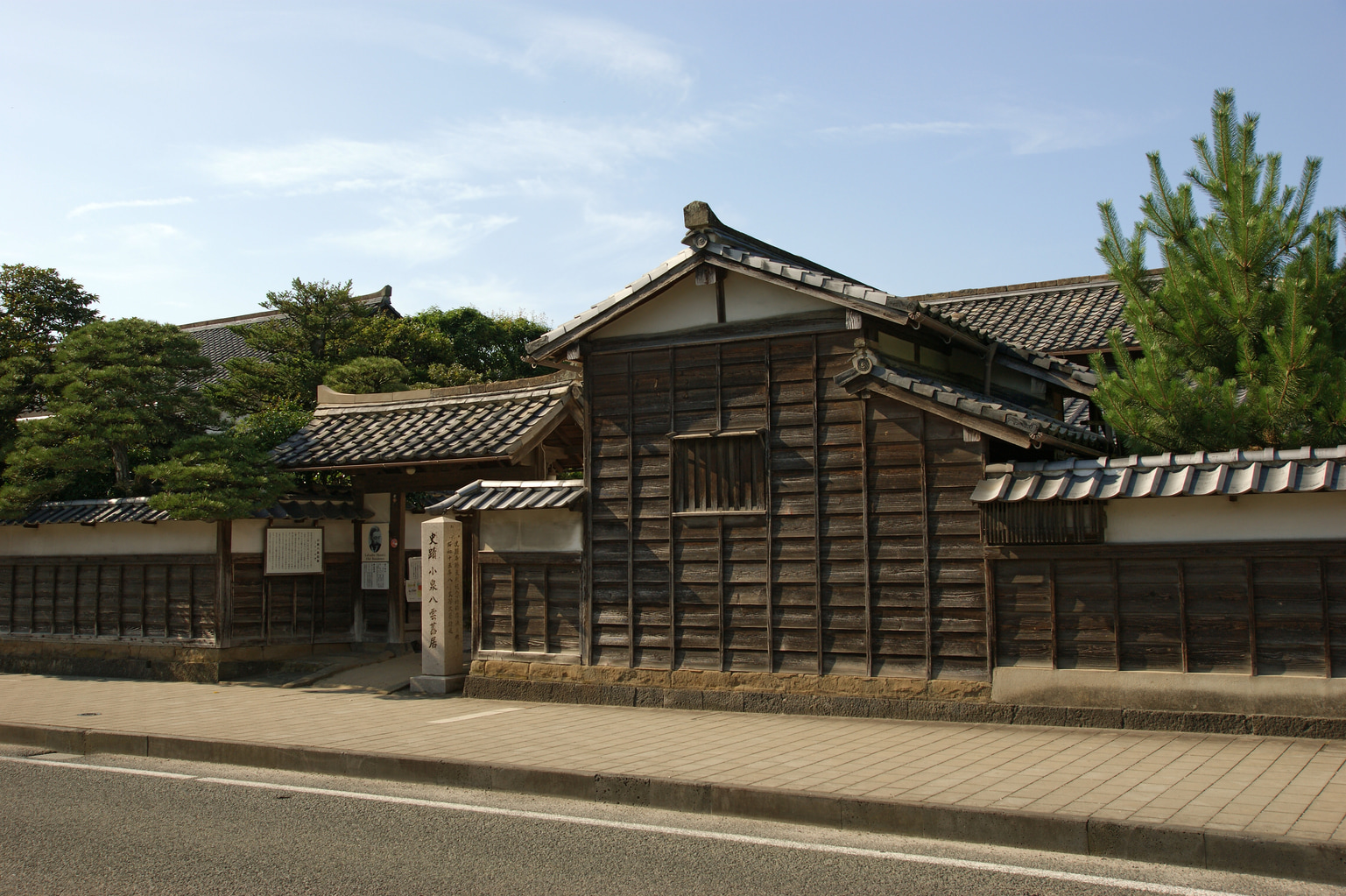
5. Lafcadio Hearn Memorial Museum (Shimane)
As Japan opened its doors to the outside world during the Meiji Restoration, Greek-Irish writer Lafcadio Hearn became one of the first Westerners to write extensively about the culture and traditions of Japan for an international audience. It was through works like Kwaidan that Europeans were able to initially become familiar with the folk tales and legends of a faraway and mysterious land. The early expat married the daughter of a local samurai in Matsue, Shimane Prefecture, and eventually became a Japanese citizen under the name Yakumo Koizumi.
Established in 1933, Hearn’s museum was built a short distance from his residence in the city. Here you can learn about the thoughts and feelings of a multifaceted individual who found himself in the middle of a rapidly changing society. Hearn’s descendants have been active in maintaining the legacy of the iconic writer, to the point where the current director of the museum, Bon Koizumi, is the great-grandson of the man himself.
We have a whole article on this museum, for the curious.

6. Shusaku Endo Literary Museum (Nagasaki)
Shusaku Endo wrote from the unique perspective of a Japanese Catholic and his experience as a religious minority heavily influenced his life’s work. Silence, his acclaimed theological novel focusing on the activities of Jesuit missionaries operating in the hostile environment of 17th century Nagasaki, was adapted into a similarly well-regarded film by Martin Scorsese. His other notable work includes The Samurai, a fictionalized account of Hasekura Tsunenaga’s landmark diplomatic mission to meet Pope Paul V between 1613 and 1620.
The museum, situated in the vicinity where Silence is set, has accumulated a vast quantity of Endo’s personal belongings and manuscripts, much of which can be viewed by the public. The sheer volume of material available is astonishing, to the point where the museum uncovered an entirely unpublished novel in 2020, as well as a further three unpublished plays at the beginning of this year.

